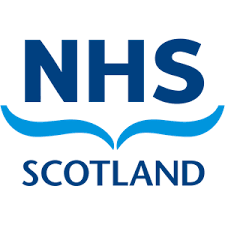Patient contacted for waiting list validation at regular intervals, and option for clinical review if symptoms deteriorating also included.
Below are links to resources relevant to this stage of the pathway, with a brief description of their content.
Waiting list validation for patients ![]() .
.
Leaflet explaining the text message initiative used across Scotland that is being established with a view to better manage waiting lists.
Provider
Resource type
- Downloadable pdf
User/audience
- Public
Aims/learning outcomes
- Text message service to establish contact and ensure patient waiting lists are up to date and that patients still need their appointments or operations.
- Text messages will be sent to people on the waiting list who have already provided a mobile number to their NHS Board. It will include a link to a short survey asking if individual still needs the appointment or operation followed by a few questions to confirm identity.
Benefits
- Supports local NHS Boards to ensure that information held on NHS Scotland waiting lists is accurate and helping us to reallocate any appointments or operations that are no longer needed to others on the waiting list.
How to access this resource
- Access as webpage
 or download as 2 page pdf doc
or download as 2 page pdf doc  .
.
Patient Initiated Return (PIR) Toolkit and supporting resources ![]() .
.
Provider
- Turas
Resource type
- Prompt to action
User/audience
- Public
Aims/learning outcomes
- It is being applied across all specialities in NHS Scotland and data is recorded nationally.
Benefits
- Patients can contact and arrange a suitable time for review as and when required rather than routine or timed appointments when symptoms may not be causing concern/worry.
How to access this resource
- Access as webpage
 . No login is needed.
. No login is needed.
